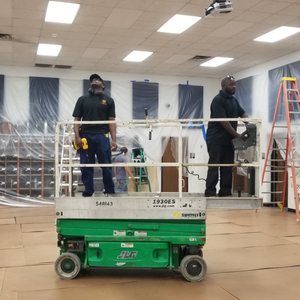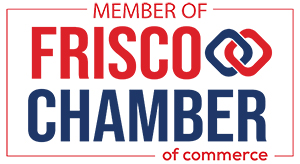
Data Cabling, Local Cabling company, Voice and Data Cabling
Are you building a new office space? Does your current data cabling satisfy your growing needs? Are you planning to expand the number of computers in your office and require reliable voice and data cabling? Great network cabling and planning are essential!Choosing a local cabling company is an important first step. At The Brass Effect, we provide turnkey IT solutions for K-12, Higher Education, Local Govt's, Construction, and Commercial Businesses ranging from Office Data Cabling to IT Cyber Security.
Not all Ethernet cables are the same. What is the difference between them, and how do you determine which data cabling category is needed? To understand this, let’s look at the technical and physical differences between Ethernet cable categories. Our Local Cabling company will provide the best solution for your business.
Data cabling specification
Ethernet cables are grouped into consecutively numbered categories (cat), based on different specifications. Sometimes the category concept is refined or supplemented by testing standards (for example, cat 5e, cat 6). The category the cable belongs to determines the conditions when it can be used. Manufacturers are obliged to adhere to standards, so choosing proper data cabling and generally working with them becomes easier.
Today Cat5e and Cat6 Ethernet cables are the most popular. But what are the main differences between them? Which of them are better and faster?
Typically, these Ethernet cables look very similar, but they have some differences inside. You can also see the text printed on the cable if you do not know what type of cables you have. Do you know how they will actually affect the network speed and bandwidth? Here are the main features of Cat5e and Cat6.
Cat5e Office Data Cabling: faster with less interference
Advanced Category 5e voice and data cabling are of 3 different types: UTP, FTP, and SFTP. Their internal structure is different. This was done to support the 1 Gbps speed which is up to 10x faster than Cat5. It also reduces crosstalk, which can sometimes occur between the wires inside the cable. These improvements mean that you will most likely get a fast and reliable network speed.
Cat6 Office Data Cabling: even faster, but not necessary in all cases
Category 6 cables are also of 3 types: UTP, FTP, and SFTP. Cat6 represents the current generation of data cabling but Cat6a is catching up quick (although 3x more expensive). Cat6 has even more improved characteristics when it comes to crosstalk. Cat6 supports network speeds of up to 1 Gbps as well. The Cat6 cable standards specifies performance of up to 250 MHz compared to 100 MHz for Cat 5 and Cat 5e.
What data cabling category to choose?
Never forget that the network speed is different from your Internet traffic speed. Even if every network card in your network supports gigabit Ethernet, you probably will never get 1 Gbps. However, the data transfer will be far faster than non-gigabit hardware. In smaller offices that are not heavy on graphic and streaming applications, Cat5e will be a good solution for you.
If you use your computers to edit videos and media files, transfer a lot of large files between computers, then the faster, the better. Cat6 cabling will be a better choice for you.
Remember that you need more than just cables — to get 1 Gbps or 10 Gbps speeds, you will also require a compatible router and network cards. If you’re not satisfied with your current network speeds, or you’re looking to expand/update your office infrastructure, Our Local Cabling company will be happy to assist you in choosing the correct data cabling solution. Contact us by phone or email right now.









